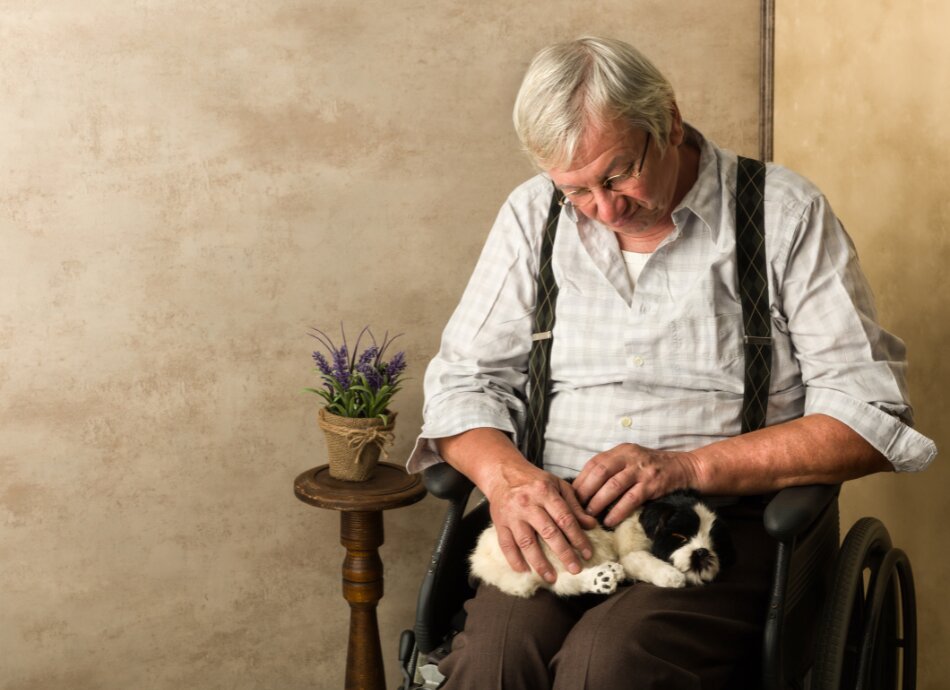|
Physical abuse
Any acts of violence, such as:
- hitting, beating, pushing, shoving, shaking, slapping, kicking, pinching, choking or burning
- inappropriate use of medicines or physical restraints
- force-feeding
- physical punishment of any kind.
|
Multiple injuries, such as bruises, hair loss, grip marks, fractures, burns or scalding, especially if these are of different ages and in unusual places.
|
|
Psychological or emotional abuse
Any behaviour that causes anguish, stress or fear, including:
- verbal abuse, intimidation, harassment, damage to property, threats of physical or sexual abuse
- the removal of decision-making powers
- treating an older person like a baby
- giving an older person the "silent treatment"
- isolating them from family, friends or regular activities.
|
Feelings such as resignation, fear, shame, depression or mental confusion.
|
|
Financial or material abuse
This is the illegal or improper use and/or exploitation of funds, property or assets. This includes:
- forging an older person's signature
- stealing money or possessions
- tricking an older person into signing documents that transfer funds, property or assets.
|
Failure to pay rent or other bills on behalf of the older person, sale of property by an older person who seems confused about the reasons for the sale, lack of money for necessities, lack of money for social activities, depletion of savings, disappearance of possessions.
|
|
Neglect (including self-neglect)
This occurs as a result of an older person themselves or another person failing to meet the physical and emotional needs of an older person. This includes:
- failing to provide an older person with food, clothing, personal shelter, or other essentials, such as medical care or medicines
- can also include failing to pay nursing home or assisted-living facility costs for an older person if you have a legal responsibility to do so.
|
Malnourished or dehydration, hypothermia, weight loss with no apparent medical cause pallor, sunken eyes, cheeks, bedsores or injuries that have not been properly cared for, poor personal hygiene, clothing in poor repair, abandoned or left unattended for long periods, medicines not purchased or administered.
|
|
Sexual abuse
Any forced, coerced or exploitative sexual behaviour or threats imposed on an individual. This includes:
- sexual acts imposed on a person unable to give consent
- sexual activity that an adult lacking mental capacity is unable to understand
- acts such as unwanted touching
- all types of sexual assault or battery, such as rape
- forced nudity and sexually explicit photography.
|
Sexually transmitted infection, difficulty walking or sitting, recoiling from being touched, bruising or bleeding, pain or itching in the genital area.
|
|
Institutional abuse
Any policy or accepted practice within an organisation that causes harm to, or disregards, a person’s rights. It
may occur in hospital and residential care facilities, but also in community settings.
Examples include:
- inappropriate rationing of continence products
- inflexible routines eg, all dressed for breakfast before 8 am.
|
The older person does not receive the care or support that is promised, eg, written documentation (such as a needs assessment) does not result in adequate care provision. Repeated incidents of an older person’s physical and emotional needs being inadequately resolved by an organisation. An older person being neglected until an advocate or an audit highlights the gaps.
|









